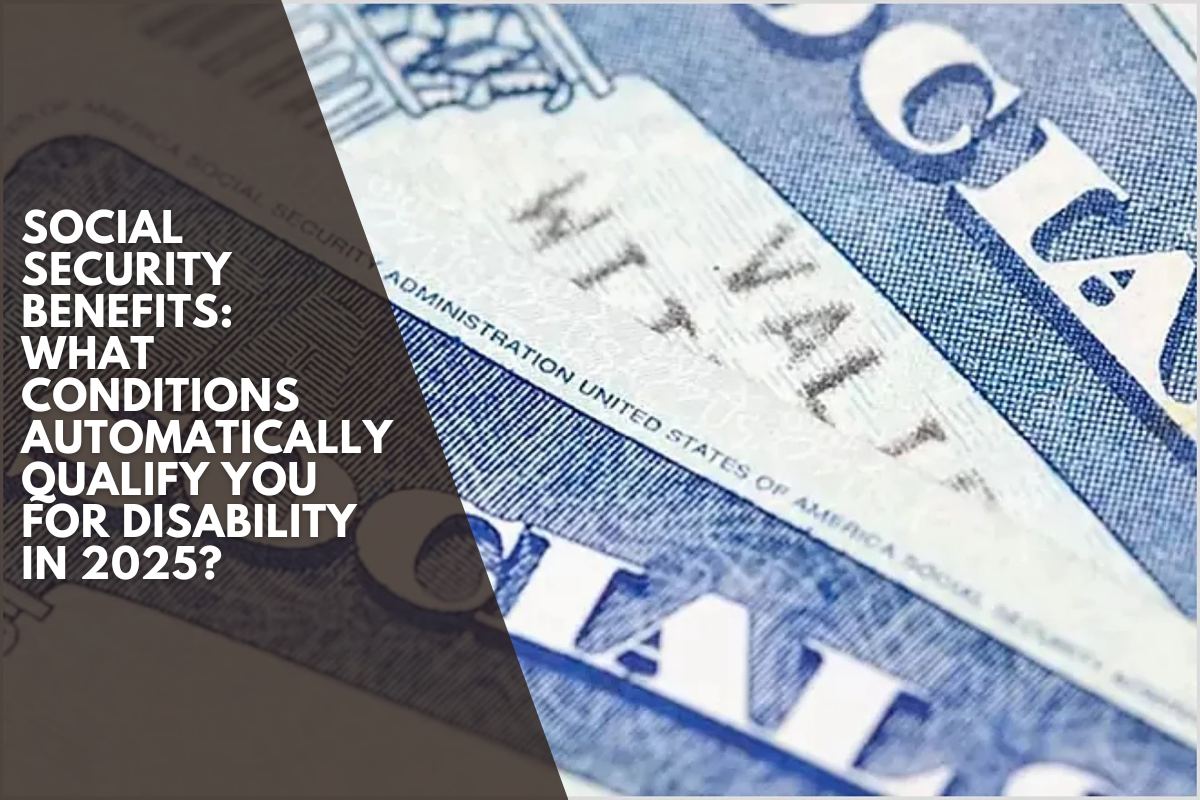For Americans suffering from life-altering illnesses or injuries, receiving Social Security Disability benefits in 2025 can be a lifeline.
The Social Security Administration (SSA) has worked to speed up and simplify the process for people with serious medical conditions, particularly through its Compassionate Allowances program.
However, not all disabilities are automatically approved, and the path to receiving benefits can differ depending on the diagnosis and documentation.
The Social Security Administration’s Compassionate Allowances (CAL) program is at the forefront of these expedited approvals. This list includes some of the most serious, rare, or terminal illnesses.
In August 2025, the agency added 13 new conditions to the CAL list, bringing the total to 300. These include a variety of neurological, genetic, and cancer-related conditions, such as Au-Kline Syndrome, Progressive Muscular Atrophy, and WHO Grade III Meningiomas.
“By adding these 13 conditions to the Compassionate Allowances list, we are assisting more people with devastating diagnoses to quickly receive the support they require,” said SSA Commissioner Frank J. Bisignano in an August press release.
Once a condition is listed under CAL, the SSA expedites the claims process, significantly reducing typical wait times.
More than 1.1 million people have received faster decisions since the program’s inception. However, inclusion on the CAL list does not waive the requirement for documentation. Medical records must still clearly state the diagnosis.
The Blue Book defines qualifying conditions with strict criteria
Beyond CAL, most applicants must consult the SSA’s Listing of Impairments, also known as the Blue Book. This medical guide explains in detail the symptoms and severity required for a condition to be considered disabling under Social Security guidelines.
It addresses a wide range of illnesses and disorders, including those affecting the musculoskeletal, respiratory, neurological, and cardiovascular systems, as well as mental health issues and cancers.
Mental disorders such as schizophrenia, major depressive disorder, and PTSD are among those listed, but each diagnosis must meet specific functional limitations and be supported by reliable medical evidence.
The Blue Book is not a shortcut to benefits, but rather a framework for determining whether an applicant’s condition is severe enough to preclude significant work activity.
To be eligible under any route, the condition must be expected to last at least 12 months or cause death. The Social Security Administration also considers whether applicants can engage in “substantial gainful activity.”
In 2025, the monthly earnings threshold is $1,550 for most people and $2,590 for those who are legally blind. If an applicant earns more than this amount, they are typically not considered disabled under SSA guidelines.
While having a CAL-listed diagnosis or a condition that matches a Blue Book listing significantly strengthens a disability claim, neither guarantees automatic approval.
Claims can still be denied due to missing records, inconsistent information, or failing to meet the non-medical requirements such as work history or income limits.












